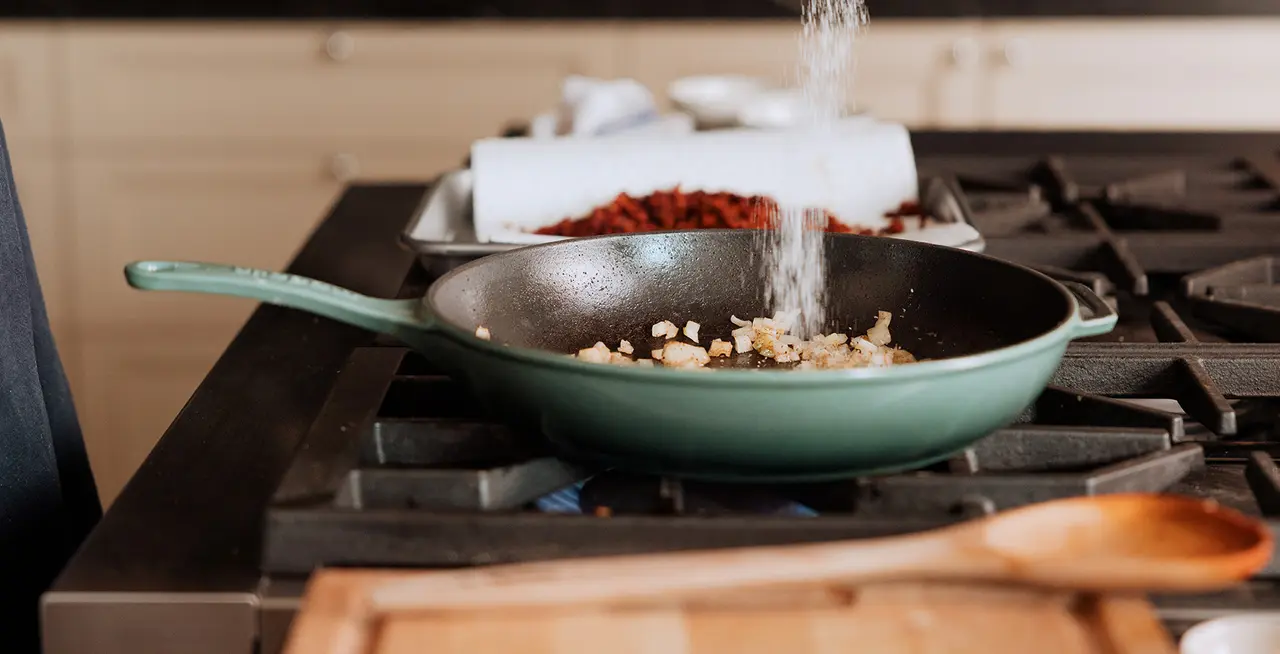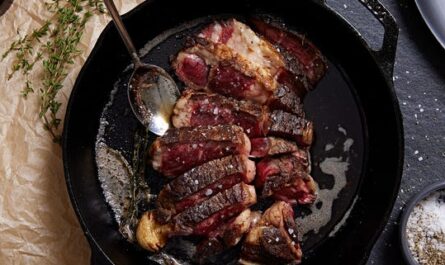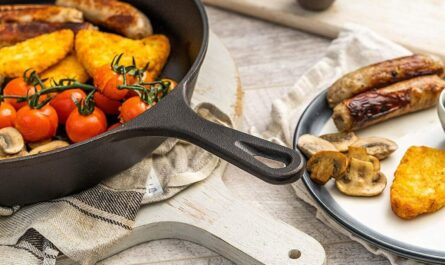Cooking salmon perfectly is an essential skill for anyone who loves seafood or values wholesome meals. Salmon is not just a favorite among sushi lovers, but it is also a hit for its rich flavors and health benefits. When prepared using a cast iron skillet, salmon achieves a crispy sear that is truly remarkable. However, knowing how long to cook salmon on cast iron skillet can make or break the dish. This guide will offer tremendous insights into achieving perfection every single time.

Why Use a Cast Iron Skillet for Cooking Salmon?
A cast iron skillet is a terrific tool for searing fish like salmon, thanks to its ability to retain heat evenly. Unlike other cookware, cast iron can handle high heat, creating a gorgeous crust on the outside while keeping the inside tender and flaky. For fish lovers, this is a life-changing kitchen accessory that you shouldn’t miss.
Additionally, its versatility allows you to cook and serve straight from the pan, saving time and enhancing overall presentation.
What Makes Salmon an Ideal Choice for Cast Iron Cooking?
- Its firm texture withstands the high heat of a cast iron skillet.
- The omega-3-rich oils make searing easier and tastier.
- Salmon pairs beautifully with simple seasoning and side dishes cooked in the same skillet.
The Shocking Benefits of Cooking Salmon on a Cast Iron Skillet
Here are some exclusive advantages of using cast iron skillets for cooking salmon:
- Flavor Retention: A cast iron skillet delivers a smoky, caramelized finish that can’t be replicated.
- Health-Friendly: Minimal oil is needed, making this a healthier option.
- Non-Stick Nature: With proper seasoning, cast iron becomes natural non-stick cookware.
To learn how versatile cast iron can be in the kitchen, visit what to cook.
Step-by-Step Guide: Cooking Time for Salmon on Cast Iron Skillet
So, how long to cook salmon on cast iron skillet? Let’s break it down:
1. Prepare the Salmon
Start by patting your salmon dry with a paper towel. Season both sides generously with salt, pepper, garlic powder, or any seasoning of your choice.
2. Preheat the Cast Iron Skillet
Heat your cast iron skillet over medium-high heat for about 3-4 minutes. Add 2 tablespoons of olive oil or butter and let it melt.
3. Cooking Time for Skin-On Salmon
Place the salmon skin-side down in the hot skillet. Cook for 4-6 minutes, pressing gently to get an even sear. Then flip the salmon and cook the other side for an additional 3-4 minutes.
4. Cooking Time for Skinless Salmon
For skinless fillets, cook for 3-5 minutes on each side. Ensure the salmon reaches an internal temperature of 145F (63C).
If you want tips on cooking meats on cast iron, you can check cooking steak.
Pro Tips for Cooking Salmon on Cast Iron Skillet
Here are some remarkable tips to elevate your cooking:
- Tip 1: Ensure your skillet is properly seasoned to prevent sticking.
- Tip 2: Allow the salmon to rest at room temperature before cooking.
- Tip 3: Don’t overcrowd the skilletcook in batches if necessary.
Learn more about skillet care from Bon Apptit.
Common Mistakes to Avoid
Even the best home cooks can make mistakes. Avoid these pitfalls when cooking salmon:
- Flipping too early, which can break the fillet apart.
- Overcooking the salmon, which leads to a dry texture.
- Using insufficient oil, causing the fish to stick.
FAQs About Cooking Salmon on Cast Iron Skillets
1. Can I cook frozen salmon directly?
It’s best to thaw salmon before cooking for even heat distribution and better texture. Cooking frozen salmon may result in uneven cooking.
2. How do I know when my salmon is done?
Check for an internal temperature of 145F (63C). The flesh should flake easily with a fork.
3. Should I use oil or butter?
Both work well! Butter enhances flavor, while oil helps achieve a higher sear without burning.
For more guidance on skillet cooking, explore tips in pizza temp tips.

Conclusion
Cooking salmon on a cast iron skillet is truly a life-changing experience. Whether you’re an avid sushi lover or a seafood enthusiast, perfecting your salmon cooking time will make all the difference. With a few simple techniques, you’ll achieve crispy, golden-brown results while maintaining the tender, flaky inside that everyone loves. Try it for yourself and elevate your culinary skills to the next level!
This article contains affiliate links. We may earn a commission at no extra cost to you.




